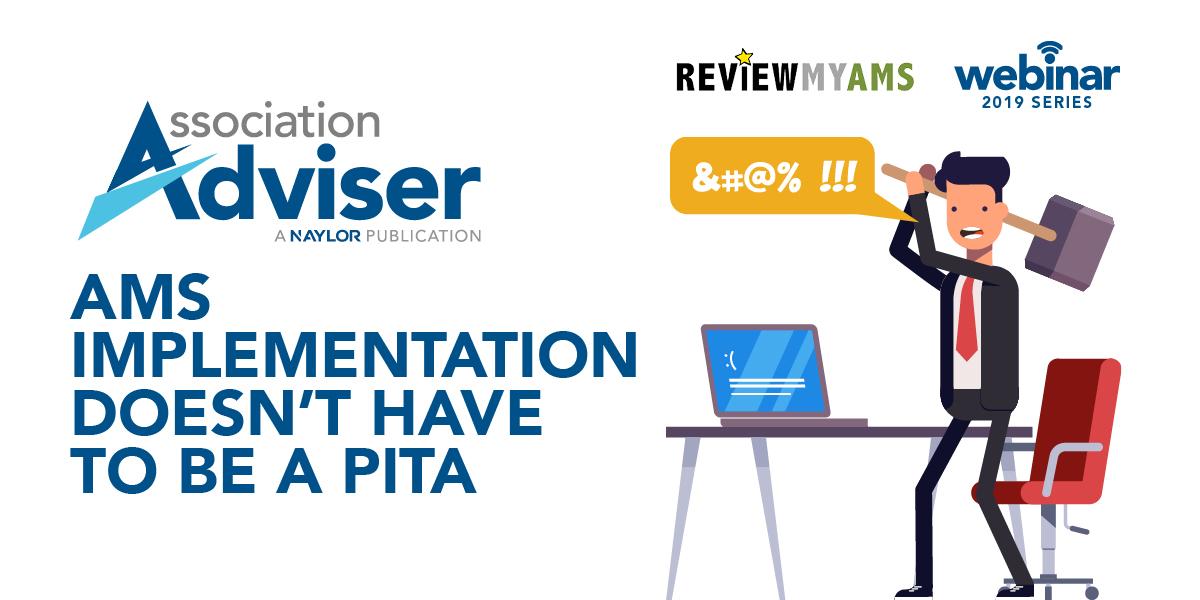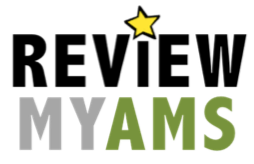
More than once, we have heard from associations that they hate their association management software (AMS) … but they would never change it. One of the main sources for this statement stems from fears about AMS implementation. Through leading hundreds of implementations, the team at Naylor Association Solutions has seen it all. We’re here to share some best practices to draw upon when you consider launching your first AMS or when you make the move to a provider that can help your association reach long-term growth goals.
One of the first steps is to not assume that the implementation of a new AMS will be the repeat experience of a past project or technology implementation fiasco. This is certainly easier said than done, but going in with a clean slate and an open mind will allow you and your team to plan accordingly and pull from past experiences to help mitigate risks. Think of your past project and technology roll outs as stepping stones to help create a list of definite to-do items and a list of practices to avoid.
Secondly, as a Project Management 101 staple, we recommend that your AMS implementation process should have a clear project manager. The right leader for the job is thinking about both a Plan A and a Plan B to help mitigate risk and avoid failure while focusing on major milestones to ensure an on-time implementation. This is the person who coordinates AMS needs across your organization, as well as identifies all the potential pain points of the implementation and how your team can work through them. Planning your team’s reaction to potential obstacles early in the planning process can help avoid additional implementation bottlenecks down the road.
Additionally, it is essential to identify needs versus nice-to-haves an AMS should include for your association. To do this, involve team members from across your association to generate staff buy-in for a switch from day one. Think about who your everyday users are and what they will need from your AMS. Secure executive support from the start. Potential roles to include span IT, membership, education, marketing, events, and all levels of management. If a department might touch your AMS, their input is valuable as you do a comprehensive evaluation of different needs from staff and member perspectives. Gather as much information up front in terms of user needs and then map out priorities. Knowing your users’ database and reporting needs will better focus the time you spend on AMS demos and help you get past the standard vendor presentation to the parts that matter most to your association.
It almost goes without saying, but we can’t stress it enough: Go in with a plan for finding and implementing new association management software, but be a little bit flexible! Think about your AMS implementation in terms of milestones or smaller projects, where each section builds off of the preceding section until you reach your goal of everyone at your association competently using a new AMS. Some associations will benefit from starting with their goal launch date and then working backward, while others might want to start from the beginning and work the project forward from day one to completion. Both practices are worthwhile as long as you and your team are realistic about the amount of time it might take to complete a section, especially when it involves your selected vendor building out customizations for your AMS.
Share your project timeline with your AMS vendor upon selection to confirm that your allotted time projections are achievable. Being transparent about your expectations will help tremendously in terms of working towards a successful AMS implementation and building trust between your association and your vendor.
This is just the tip of the iceberg!
Join us on February 13 for our webinar AMS Implementation Doesn’t Have to Be a PITA, hosted by ReviewMyAMS and Naylor Association Solutions. Speaker Nate Brown from Naylor will cover best practices and tips to ensure your next AMS implementation isn’t a pain in the association (PITA).
